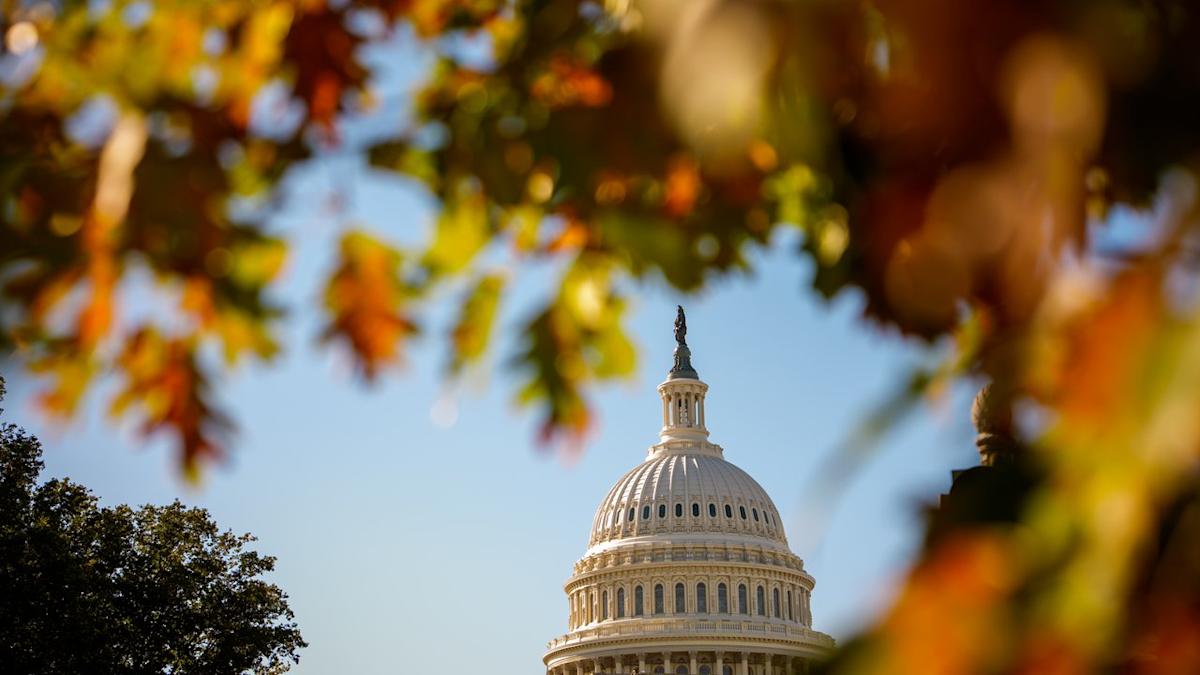UnitedHealth Group’s stock rose about 4% early Tuesday morning, offering a slight hint of relief in an otherwise brutal year, with the company’s third-quarter earnings suggesting the worst of the turmoil may have passed, at least for now. But those earnings are also a powerful reminder that the U.S.’s healthcare math, whether corporate or federal, just does not add up.
They also arrive as the federal government remains shut down over a Republican-led refusal to fund an extension of the Affordable Care Act’s premium subsidies, which help about 24 million Americans afford health coverage.
Last month, House Republicans pushed through a short-term spending bill that omitted the extension, arguing that the subsidies are too costly and claiming—without evidence—that Democrats were seeking to fund care for undocumented immigrants. Senate Democrats refused to pass that version, insisting that the subsidies are a core aspect of the ACA’s framework and essential to keeping coverage affordable.
The impasse has left federal agencies partially closed and millions of marketplace enrollees facing the prospect of steep premium hikes if the subsidies expire on November 1, when open enrollment begins.
United is bringing in more money, but holding onto less of it.
The company reported overall third-quarter revenue of $113.2 billion, up 12% from a year ago, and raised its full-year earnings outlook. Its insurance arm, UnitedHealthcare, posted a 16% revenue gain—but razor-thin margins, as older and sicker Medicare Advantage members continued to drive up spending. The company’s medical care ratio—the share of premiums spent on patient care—rose nearly five percentage points to 89.9%, evidence that higher utilization is very much the new normal.
Meanwhile Optum, the company’s network of clinics and care services, saw earnings at its Optum Health unit collapse a staggering 90% amid Medicare rate cuts. The company insists trends are “in line with expectations,” and Wall Street, at least as of Tuesday morning, seems to be rewarding stability after months of shocks.
Still, shares of UnitedHealthcare remain down some 35% in 2025 as the company struggles with rising medical costs and reimbursement cuts. And these pressures, in turn, reflect the deepest fault lines in the U.S. system, including a population that’s aging faster than the workforce paying for it, medical inflation that outpaces wage growth, and a financial model that assumes employers, taxpayers, and patients can endlessly absorb higher costs—even as the federal government shuts down amid an affordability fight.

